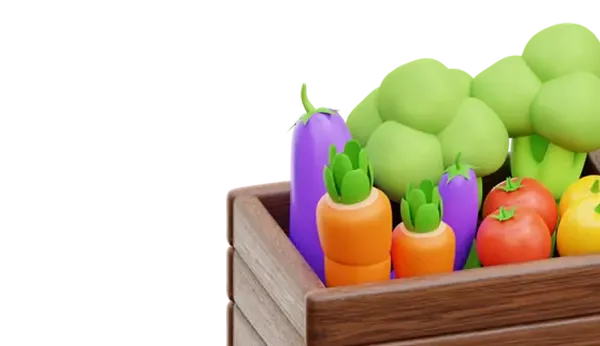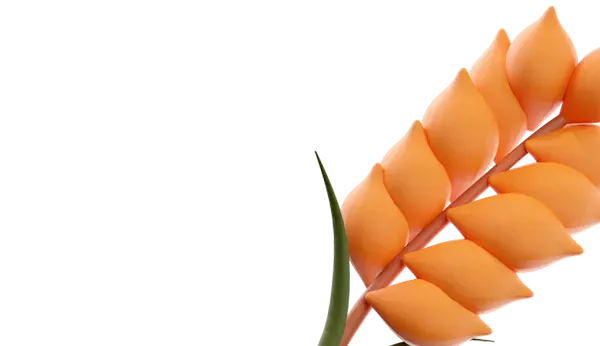In July, when fertilizing tomatoes, pay attention to potassium – it is a key component in the July nutrient regimen.
Potassium has a direct impact on the following aspects:
- Accumulation of sugars and dry matter in fruits (providing sweetness)
- Efficacy of photosynthesis (basis of taste and aroma)
- Stress resistance (high temperatures, temperature fluctuations)
- Enhancing the transport of nutrients to fruits.
Don't forget about phosphorus as well. Although it is most important during flowering and fruit set stages, in July phosphorus supports metabolism, roots, and fruit ripening.
Microelements responsible for taste include boron, magnesium, and calcium. They are necessary for the formation of sugars and aromatic compounds. A deficiency of boron or magnesium sharply reduces the sweetness of fruits.
Excess nitrogen in July is the enemy of tomato sweetness! It stimulates leaf growth at the expense of fruits, making them watery and tasteless. Therefore, exclude urea, fresh manure, concentrated herbal infusions.
There are many options for feeding tomatoes in July, with breaks of 10-14 days and alternating fertilizers. All fertilizers are applied after abundant watering with clean water at the roots.
Let's start with organic matter. Ash is great for tomatoes, containing potassium and microelements. It is rich in phosphorus, calcium, magnesium, boron. Ash neutralizes soil acidity and repels pests. Sprinkle 0.5-1 cup of ash around the bush (avoiding the stem!), gently work it into the soil, and water. You can also make a solution. Pour 1 cup of ash into 1 liter of hot water, infuse for 2-3 days, stirring occasionally. Strain, dilute to 10 liters. Water with 0.5-1 liter per bush every 10-14 days.
Banana peel infusion is rich in potassium and microelements. It's simple to make. Pour 3 liters of warm water over the peels of 3-4 bananas. Infuse for 3-4 days in a warm place (the solution will become cloudy and develop an odor). Strain, dilute with water 1:1. Water with 0.5 liters per bush. You can also incorporate the peels into the soil.
Now about chemical fertilizers. Potassium monophosphate (KH₂PO₄) is an excellent choice. It contains 33% potassium and 52% phosphorus, assimilates well. Acts fast, without nitrogen! Dissolve 10-15 g (1 tablespoon) in 10 liters of water. Water with 1-1.5 liters per bush once a month.
Potassium sulfate (K₂SO₄) is a concentrated source of potassium (45-50%) containing sulfur, which enhances nitrogen uptake and the activity of enzymes responsible for taste. Dissolve 15-20 g in 10 liters of water. Water with 1 liter per bush every 10-14 days. It can be alternated with ash or monophosphate.
It is also recommended to use potassium humate for tomatoes in July. This fertilizer nourishes plants, improves soil structure, enhances the uptake of other elements, reduces stress. Apply according to the instructions for the chosen product (usually 5-10 ml per 10 liters of water). It can be combined with other potassium fertilizers (add to the potassium sulfate solution, for example).
Almost all gardeners apply foliar feeding in July, replenishing boron and magnesium deficiencies, which directly affect sweetness and prevent blossom end rot. One of the most well-known methods is foliar feeding with boric acid. Dissolve 1 g (approximately 1/3 teaspoon) in a small amount of hot water (50-70°C), then dilute to 1 liter with warm water. Apply the solution 1-2 times in July (before the mass flowering of the second truss and at the beginning of fruit swelling).
Remember, the sweetness of tomatoes depends on the water regimen! Rare, but abundant watering (preferably at the roots, avoiding leaf contact) is better than frequent surface watering. The soil should be saturated to the depth of the roots (25-30 cm). Reduce watering a week before harvesting – this will increase sugar content.
Also, remove suckers to prevent overcrowding. Sunlight is essential for fruit sweetness! Ensure good illumination of the bushes, timely pruning, and removal of lower leaves for better ventilation.
During intense heat (above +30°C), tomatoes experience stress, affecting the taste of fruits. Use shading nets, mulch the soil (with a layer of 5-7 cm) to cool the roots and retain moisture (sawdust, grass, straw, compost).
For sweet tomatoes, avoid acidic soil. Tomatoes best absorb nutrients in slightly acidic or neutral soil (pH 6.0-6.8). In case of acidity, use wood ash.















